整備された斜面で最速かつ最もコントロールされたライドをお探しですか? ここがポイントです:カービングスキー、オールマウンテンスキー、そしてSnowfeet skibladesはそれぞれ異なる特徴を持っています。滑らかな地形でスピードと精度を追求するなら、適切なギアがすべての違いを生み出します。
- カービングスキー:鋭くクリーンなターンと高速安定性のために作られていますが、硬くて扱いにくく、整備されたコースに限られます。
- オールマウンテンスキー:さまざまなコンディションに対応できる万能タイプですが、硬く締まった雪上での攻撃的なカービングには精度とエッジグリップが不足しています。
- Snowfeet Skiblades:コンパクトで軽量、操作も簡単。素早いターン、優れたエッジグリップ、遊び心あふれる乗り心地を提供しながら、普通の冬用ブーツにも対応しています。
手早くまとめると? 整備されたコースが遊び場で、スピード、コントロール、楽しさを求めるなら、Snowfeet skibladesはまさにあなたが探していたゲームチェンジャーかもしれません。
カービングスキー:スピードと鋭いターンのために作られた
カービングスキーの違いとは
カービングスキーは70〜80mmの狭いウエスト幅で一目でわかります。このスリムなデザインが顕著なサイドカットを生み出し、スキーに砂時計のような形状を与え、鋭く正確なターンの達人にしています。
これらのスキーは頑丈に作られています。重い木製コアと厚い金属シートで補強されており、優れたエッジグリップを提供する硬いプラットフォームを実現しています。多くのカービングスキーはレース技術に触発されており、正確さとパフォーマンスを追求しています。
本当の魔法はサイドカットのジオメトリーにあります。これらのスキーをエッジに傾けると、自然に滑らかでコントロールされたターンを描きます。サイドカットは以前からありましたが、Elanは1991年に22.25mmのサイドカットを持つモデルを発表し、15メートル(49フィート)のタイトなターン半径を実現しました。これはカービング愛好家にとって画期的なものでした。
カービングスキーが整地されたコースをどう扱うか
カービングスキーは整地された斜面で輝きます。これらのスキーはフロントサイドのアクションに特化しており、硬い雪でも柔らかい雪でもよく整備されたコースで優れた性能を発揮します。細いウエストと深いサイドカットにより、ターンの開始が容易で滑らかで流れるようなアークを維持できます。
"このスキーは速度制限なしのレーシングツールです…高速フロントサイドアークを切り裂くパフォーマンス志向のスキーです。"
魔法はスキーをエッジに乗せたときに起こります。腰と膝を角度をつけて動かすことで、スキーを正しく操作し、クリーンでカービングされたターンを開始できます。硬い構造が安定性を保ち、急斜面の硬い雪面を高速で滑っても振動を抑えます。コロラドのエルドラマウンテンリゾートのテスターは、このスキーが高速カービングを楽々こなすことを確認しました。
もう一つの際立った特徴は、鋭いターン時にエッジグリップを維持する能力です。スキーの上に体重を均等に乗せてバランスの取れた姿勢を保つことで、特に氷結や硬く締まった雪面でしっかりとロックされます。
カービングスキーは整地された地形で比類なき精度を発揮しますが、その専門的な設計ゆえに他の選択肢ほど多用途ではありません。
カービングスキーが苦手な場所
カービングスキーはゲレンデで主流ですが、トレードオフもあります。硬く締まった雪面に特化した設計のため、パウダーやオフピステの冒険には不向きです。この専門性が適応力を制限し、特定の地形専用の道具になってしまいます。
また、習得には学習曲線があります。カービングスキーはより高度な技術と正確なテクニックを必要とし、初心者には敷居が高く感じられることがあります。短いターン半径は精度に優れていますが、基本をまだ習得中の人にはコントロールが難しい場合があります。
"カービングするには、スキーを押したり回したりするのではなく、エッジに乗せて傾ける方法を学ぶ必要があります。"
- マイケル・ローガン、プロスキーインストラクター兼PSIAアルパインチームヘッドコーチ
もう一つの課題は硬さです。この特徴は高速時の安定性を提供しますが、ミスをしたときにスキーが許容しにくくなります。上達を目指す中級スキーヤーにとっては、これがフラストレーションややる気の低下につながることもあります。
最後に、カービングスキーは地形に特化しています。さまざまなコンディションに対応できるオールマウンテンスキーとは異なり、カービングスキーは整備されたコースで最も力を発揮します。この制限により、特に山のさまざまな部分を探検するのが好きな人にとっては、ゲレンデでの一日が単調に感じられることがあります。
オールマウンテンスキー:何にでも使えるが、特に優れているわけではない
オールマウンテンスキーの特徴
オールマウンテンスキーはスキー界のスイスアーミーナイフのような存在です。レーシングカービングスキーとフリーライドモデルの特徴を取り入れ、山のどこでも使えるものを作り出しています。ウエスト幅は80~100mmで控えめなロッカーを備え、柔らかい雪の上でも浮きつつ、整備されたコースでもしっかりとした性能を発揮します。攻撃的でないサイドカットによりターン半径は長めで、許容範囲が広い反面、精度はやや劣ります。さらに柔らかくバランスの取れたフレックスを加えることで、凸凹や変化するコンディションにもあまり苦労せず対応できます。Rossignol、Atomic、Head、Elanなどの大手ブランドはこれらのデザインで強い評価を築き、パウダーからモーグル、整備されたコースまでスムーズに移行できるスキーを提供しています。しかし、トレードオフとして、多用途である一方で、特に高速カービングにおいてはどの分野でも突出していません。
整備されたコースでのオールマウンテンスキーの扱い方
整備されたコースでは、オールマウンテンスキーは予測可能に動作しますが、専用のカービングスキーのような精密さはありません。さまざまなオンピステのコンディションに対応できるように作られており、幅広のプロファイルと柔らかめのフレックスが組み合わさって、コントロールしやすくなっています。これは、許容範囲の広いものを求める中級スキーヤーにとって大きな利点です。しかし、この多用途性には欠点もあります。長めのターン半径と柔らかい作りのため、タイトでアグレッシブなターンは難しくなります。さらに、雪からのフィードバックが鋭くないため、スピード重視のスキーヤーには物足りなく感じることもあります。要するに、クルージングには安定していますが、カービング専用スキーが持つ鋭いターンや反応性には及びません。
オールマウンテンスキーが苦手なところ
オールマウンテンスキーの最大の欠点は「何でも屋」設計にあります。確かに整地されたコースはそこそここなせますが、特定の地形で圧倒的な性能を発揮するようには作られていません。硬く締まった斜面ではカービング性能が落ちます。エッジからエッジへの反応が遅く、ターンも控えめで、カービングスキーと比べるとやや鈍く感じます。幅広のウエストは多用途には優れていますが、素早いエッジの切り替えを難しくし、機敏さに欠けることがあります。
主に整地されたコースを滑り、スピードと精度を求めるスキーヤーにとって、オールマウンテンスキーは物足りません。タイトでアグレッシブなターンを刻み、硬い雪上で最高のコントロールを維持したいなら、その目的に特化したスキーを選ぶ方が賢明です。
Snowfeet* Skiblades:すべてを変えるショートスキー
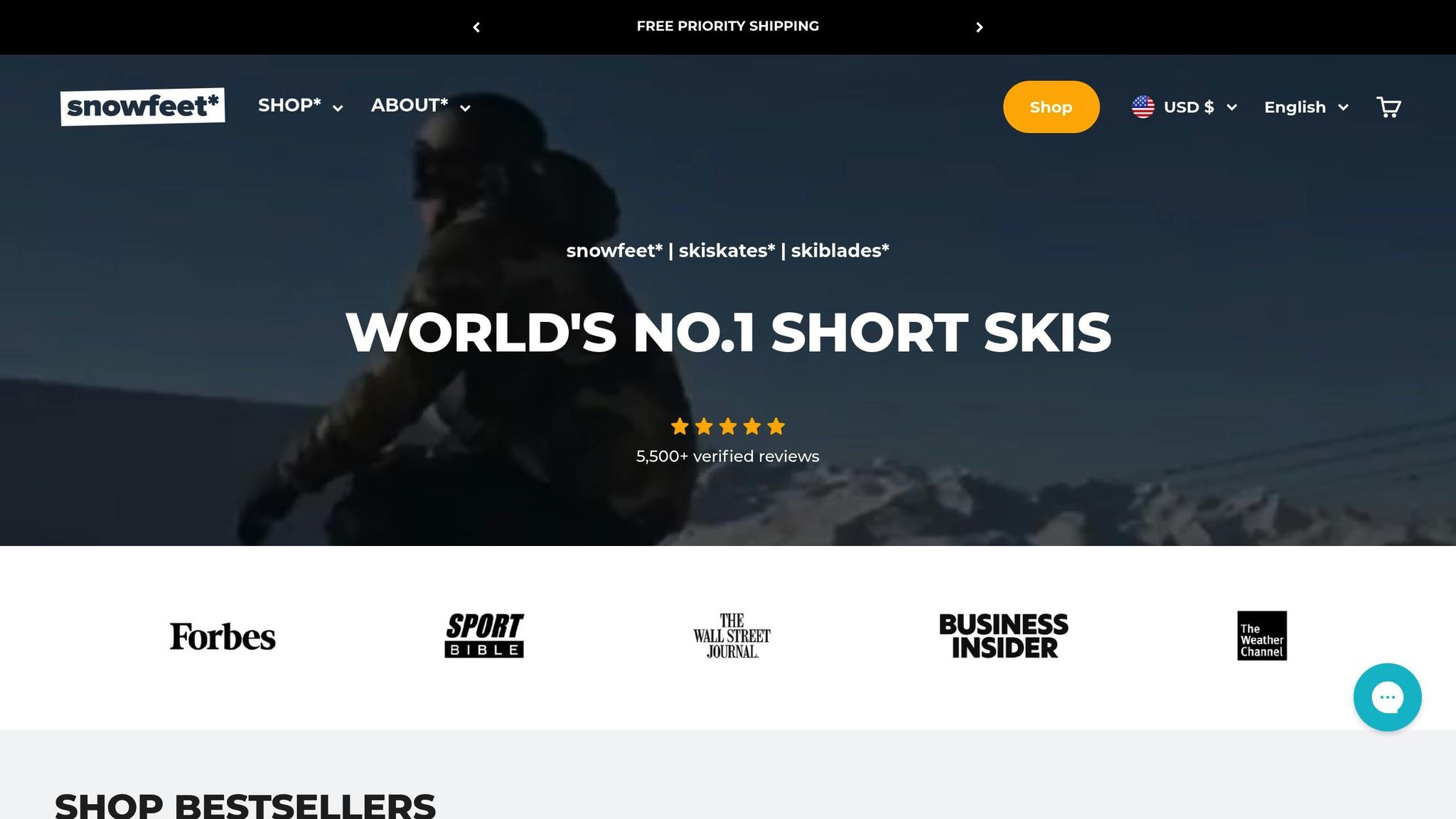
Snowfeet* Skibladesが際立つ理由
Rossignol、Atomic、Head、Elanのような大手ブランドが長いスキーこそがゴールドスタンダードだと主張し続ける中、Snowfeet*はその常識を覆しています。これらのスキーブレードは99cmと120cmの2つの長さで、従来のスキーよりも劇的に短くなっています。しかし、単なるミニサイズの通常デザインではありません。
Snowfeet* Skibladesは金属エッジと強化されたファイバーグラスで作られており、硬く締まった斜面で必要な耐久性とグリップ力を備えています。本当に際立っているのはブーツとの柔軟性です。高価で専門的なスキーブーツを要求する従来のスキーとは異なり、これらのスキーブレードは冬用シューズ、スノーボードブーツ、さらにはスキーブーツとも互換性があります。ヨーロッパ製で、米国の靴サイズ6~13に対応しており、ほぼ誰でも使いやすい設計です。
もう一つの画期的な特徴?それは軽量で持ち運びやすいデザインです。170cm以上のスキーを運んだり、かさばるラックや手荷物料金に悩まされる必要はありません。これらのスキーブレードはバッグに入るほどコンパクトで、手間のかからない旅行に最適です。携帯性とパフォーマンスの融合が、整地されたコースでの際立った選択肢となっています。
なぜSnowfeet* Skibladesは整地されたコースで輝くのか
独自のデザインにより、Snowfeet* Skibladesは整備された斜面で比類なきパフォーマンスを発揮します。「長いスキー=速いスピード」という神話はここでは通用しません。特に120 cmモデルは、素早いエッジからエッジへの切り替え、優れた安定性、滑らかなカービングを提供します。
整備されたコースでは、長さではなくコントロールが重要です。従来のスキーのようにグリップする金属エッジを持ちながら、はるかに優れた操作性を持つこれらのスキーブレードは、あなたの動きに即座に反応します。これにより、勢いを失うことなく鋭く正確なターンが可能で、ダイナミックでコントロールされた滑りを実現します。
なぜSnowfeet* Skibladesは通常のスキーより優れているのか
Snowfeet* Skibladesの本当の魔法は、ゲレンデにもたらす楽しさと自由さにあります。従来のスキーは習得に時間がかかり高価なギアが必要ですが、これらのスキーブレードはシンプルでエキサイティングです。トリックやジャンプ、長いスキーではできない遊び心あふれる動きを可能にします。これは単なるスキーではなく、雪の上を滑る喜びを再発見することです。
初心者はその簡単さに感動し、経験豊富なスキーヤーはその機敏さを評価します。かさばるギアがないので、コロラド、バーモント、カリフォルニアのどこで滑っても余計な手間がありません。また、変わりやすい雪のコンディションに適応したり、その日の気分に合わせて滑るのにも最適です。
整備されたトレイルでは、これはより多くの滑走、より多くの楽しみ、そして従来のスキーでは得られないレベルのコントロールを意味します。Snowfeet* Skibladesはゲレンデでの可能性を再構築し、スキーのスリルを新しい方法で体験させてくれます。
Head対Head:カービングスキー vs オールマウンテンスキー vs Snowfeet* Skiblades
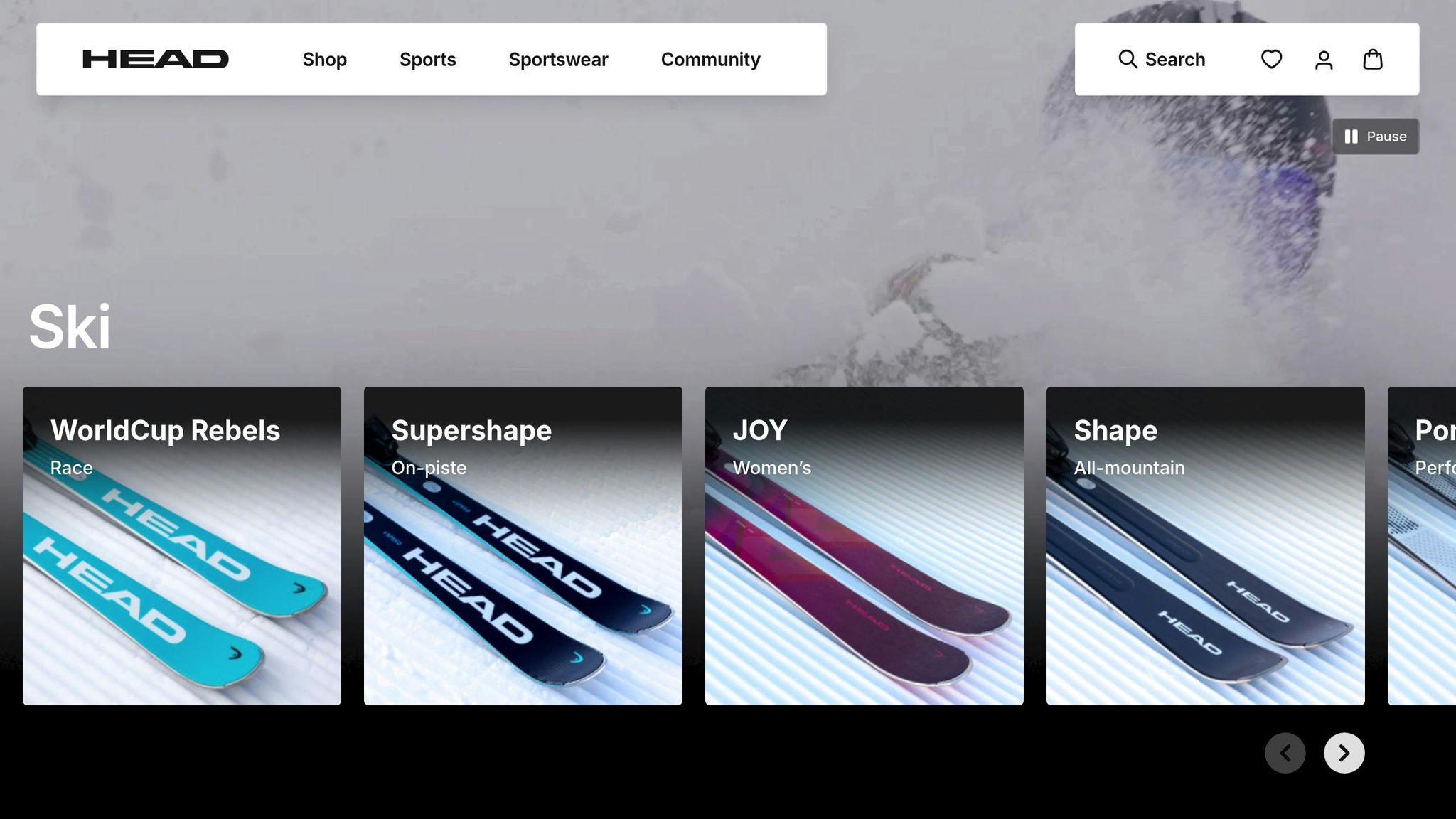
完全比較チャート
Snowfeet* Skibladesがカービングスキーやオールマウンテンスキーと比べて、特に整備されたゲレンデでのパフォーマンスにおいてどのように優れているかを分解してみましょう。ここにそれぞれの主な特徴を並べて比較します:
| 特徴 | カービングスキー | オールマウンテンスキー | Snowfeet* Skiblades |
|---|---|---|---|
| 長さ | 150–180 cm | 160–185 cm | 99–120 cm |
| 整備されたゲレンデでのスピード | 優れている | 良い | 優れている |
| エッジコントロール | 優秀 | 良い | 優秀 |
| 操作性 | 限定的 | 中程度 | 卓越している |
| 習得曲線 | 急勾配 | 中程度 | 簡単 |
| ブーツ互換性 | スキーブーツのみ | スキーブーツのみ | 冬用シューズ、スノーボードブーツ、スキーブーツ |
| 携帯性 | 劣っている | 劣っている | 優れている |
| 価格帯 | $400–$1,200 | $350–$900 | $490–$690 |
このチャートは、なぜSnowfeet* Skibladesがゲレンデでのスピードのゲームチェンジャーであるかを示しています。伝統的なカービングスキーは150〜180cmの長さで、高速ランの定番でした。しかし、Snowfeet* Skibladesはコンパクトな99〜120cmの長さで、同じくらい速く鋭いパフォーマンスを発揮しながら、比類のない機動性を提供します。短いデザインにより、より速く、よりコントロールされたターンが可能で、精密さを求める人にとって夢のような存在です。
もう一つの大きな利点は、その軽量設計です。これにより疲労が軽減され、コントロールも向上します。さらに、従来のスキーのようにかさばるスキーブーツや大きな収納スペースを必要とせず、Snowfeet* Skibladesはほとんどの冬用フットウェアに対応します。標準的なバックパックに入れて、すぐにゲレンデに出かけられるので、VailやStoweのようなスポットへの突然の小旅行にも最適です。
Jeff Raulandが完璧にまとめています:
"ターンをカービングするときはエッジに乗っています。これによりボード(またはスキー)のコントロールが向上し、雪の大部分は他の人が楽しめる場所に残ります。" - Jeff Rauland
スピード、精度、携帯性の独自の組み合わせにより、Snowfeet* Skibladesはゲレンデ体験を向上させたいすべての人にとって賢い選択です。
sbb-itb-17ade95
CARVING SKIS VS ALL-MOUNTAIN SKIS VS PARK SKIS | ULTIMATE BATTLE
勝者:整地されたコースでのスピードに最適な選択
Snowfeet* Skibladesは、整地されたコースでのスピードに関して、従来のカービングスキーやオールマウンテンスキーを圧倒します。長年にわたり、Rossignol、Atomic、Headなどのブランドは、長いスキーが自然により良いスピードと安定性を提供すると信じて市場を支配してきました。しかしSnowfeet*はその考えを覆し、短いスキーでも妥協なく驚異的なパフォーマンスを発揮できることを証明しています。
99〜120 cm(39〜47インチ)という長さは、従来のカービングスキーの150〜180 cm(59〜71インチ)と比べて、Snowfeet* Skibladesは同等のスピードだけでなく、より速いターン、迅速な反応、そして脚への負担軽減を実現します。つまり、はるかに少ない努力で正確なコントロールが得られるのです。
Snowfeet*の真の特徴は乗り心地にあります。彼らは遊び心あふれるローラーブレードのような体験を提供し、変化するコンディションに即座に反応します。カービングスキーのようにリズムに縛られることなく、これらのスキーブレードはその場で適応を可能にします。さらに、標準的なブーツとの互換性と最小限のセットアップ時間により、どんなスキーヤーでも簡単に使いこなせます。
そして多様性も忘れてはいけません。Snowfeet* Skibladesは整地されたコースで輝くだけでなく、モーグルやテレインパークでもプロのように扱えます。従来の長いスキーではこの柔軟性のレベルには到底及びません。それに加えて、彼らの稲妻のような反応速度が組み合わさり、整地されたゲレンデでのパフォーマンスの新たなゴールドスタンダードが誕生します。
よくある質問
Snowfeet Skibladesは、整地されたゲレンデでのスピードとコントロールにおいて、従来のスキーと比べてどのようにパフォーマンスを発揮するのでしょうか?
Snowfeet Skibladesが整地されたゲレンデで際立つ理由
Snowfeet Skibladesは、その巧妙なデザインとコンパクトなサイズのおかげで、整地されたゲレンデに新たなスピードとコントロールのレベルをもたらします。65から120 cmという短さで、これらのスキーブレードは従来のスキーよりもはるかに短く軽量です。この小さなサイズが驚くほどの機動性を生み出し、素早く鋭いターンを簡単に可能にします。その結果は?中速で滑走するときに特に、標準的なスキーでは達成しにくい精度とコントロールのレベルです。
RossignolやAtomicのような有名ブランドの伝統的なスキーは、通常、高速で広いターン向けに作られています。一方、Snowfeet Skibladesは活気に満ちた反応の良いライドを提供することに重点を置いています。その短い長さは扱いやすいだけでなく、より速い減速とスムーズな操作を助けます。これにより、ゲレンデトレイルで敏捷性と安全性を重視するあらゆるレベルのスキーヤーにとって優れた選択肢となります。スキー初心者でも熟練者でも、Snowfeet Skibladesはスピード、コントロール、そして純粋な楽しさのスリリングな組み合わせを約束します。
なぜSnowfeet Skibladesはカービングスキーやオールマウンテンスキーと比べて初心者にとってより良い選択なのでしょうか?
Snowfeet Skibladesは、その軽量でコンパクトなデザインのおかげで、初心者がスキーに慣れるのに優しい方法を提供します。RossignolやAtomicのような大手ブランドの伝統的なスキーとは異なり、これらのスキーブレードはわずか17インチから47インチの非常に短い長さです。その短い長さは扱いやすく、初心者にとってはるかに恐怖感が少ないことを意味します。
そのコンパクトなサイズは操作性にも優れており、初心者がターンや停止などの基本を圧倒されずに習得するのに役立ちます。標準的なスキーのかさばりや重さに苦労する代わりに、自信をつけて楽しむことに集中できます。スキーを初めて試す方も、ゲレンデトレイルでより遊び心のあるライドを求める方も、Snowfeet Skibladesは新鮮で親しみやすい体験をもたらします。
Snowfeet Skibladesはさまざまな雪質に対応できますか、それともゲレンデトレイル向けが最適ですか?
Snowfeet Skibladesは、その多用途性で際立っており、軽いパウダーから圧雪された雪まで簡単に対応します。しかし、本当に輝くのはゲレンデトレイル上です。コンパクトなサイズと鋭いエッジが、驚くべきスピードとコントロールで斜面を駆け下りるのに最適です。
今のところ、彼らは深いパウダーや氷結した斜面には最適とは言えません - 他のshort skisと同様です。しかし、その驚異的な操作性でそれを十分に補っています。さまざまな地形で楽しく活気あるライドを求めているなら、これらのスキーブレードは確かな選択肢です。







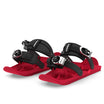
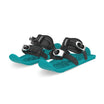












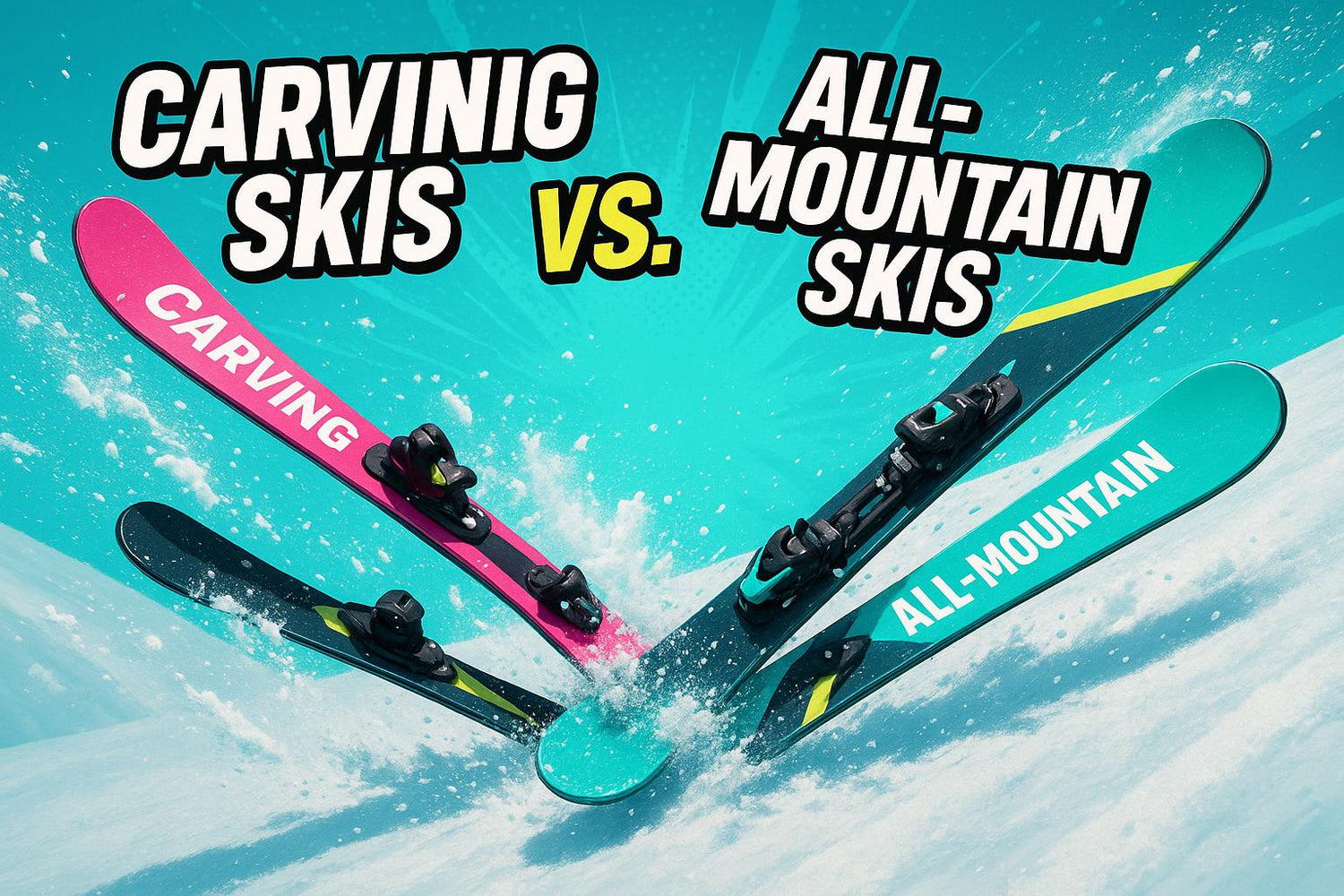
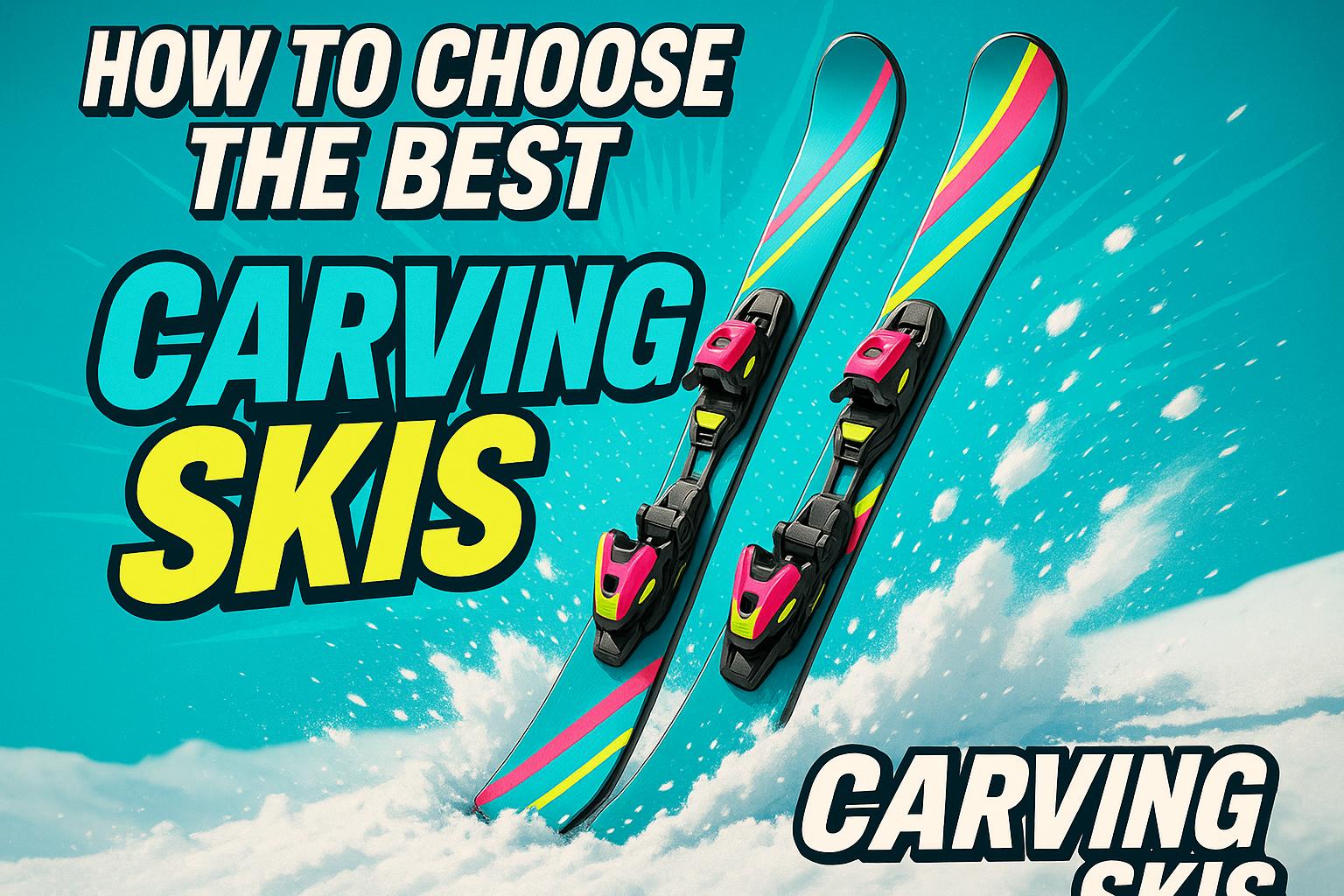





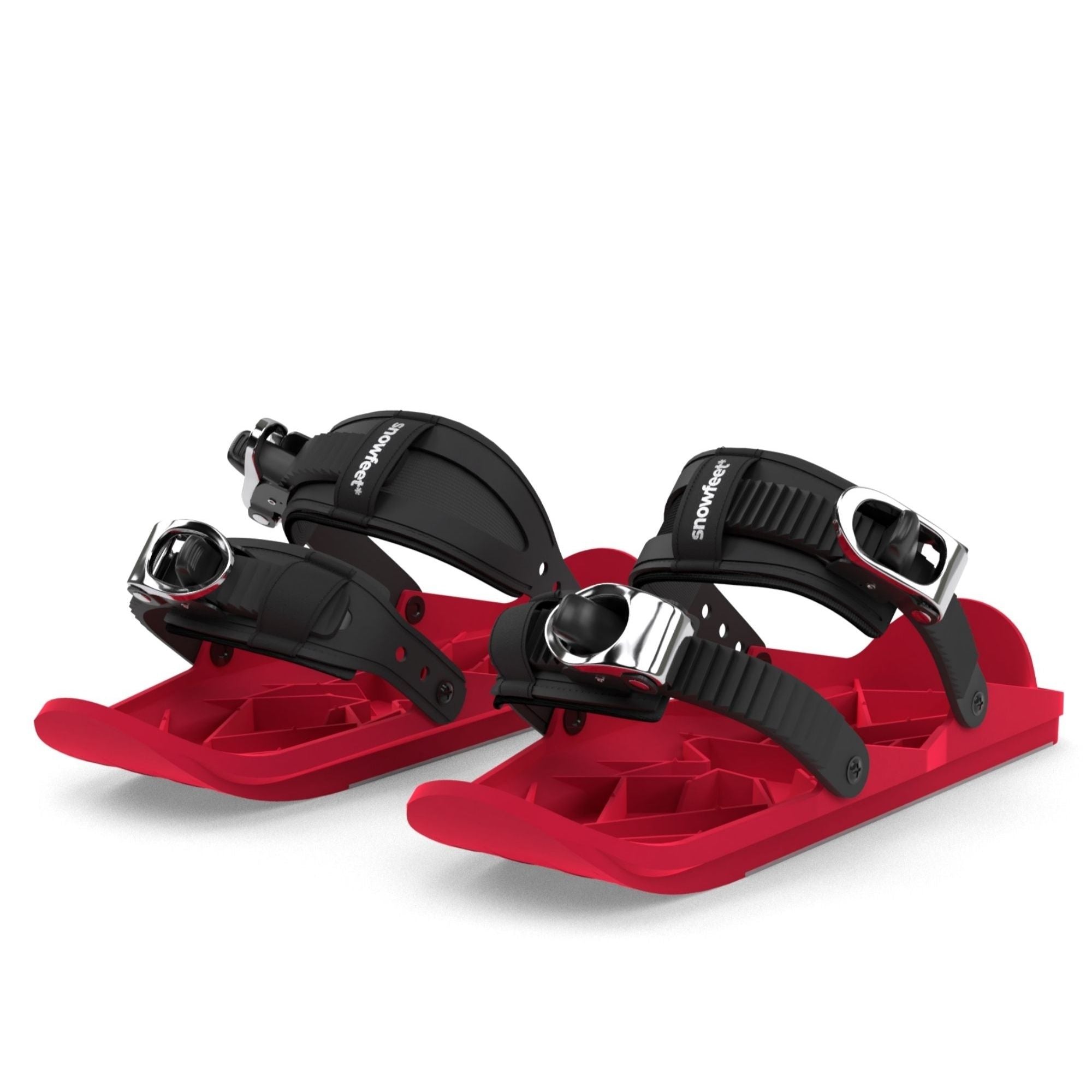
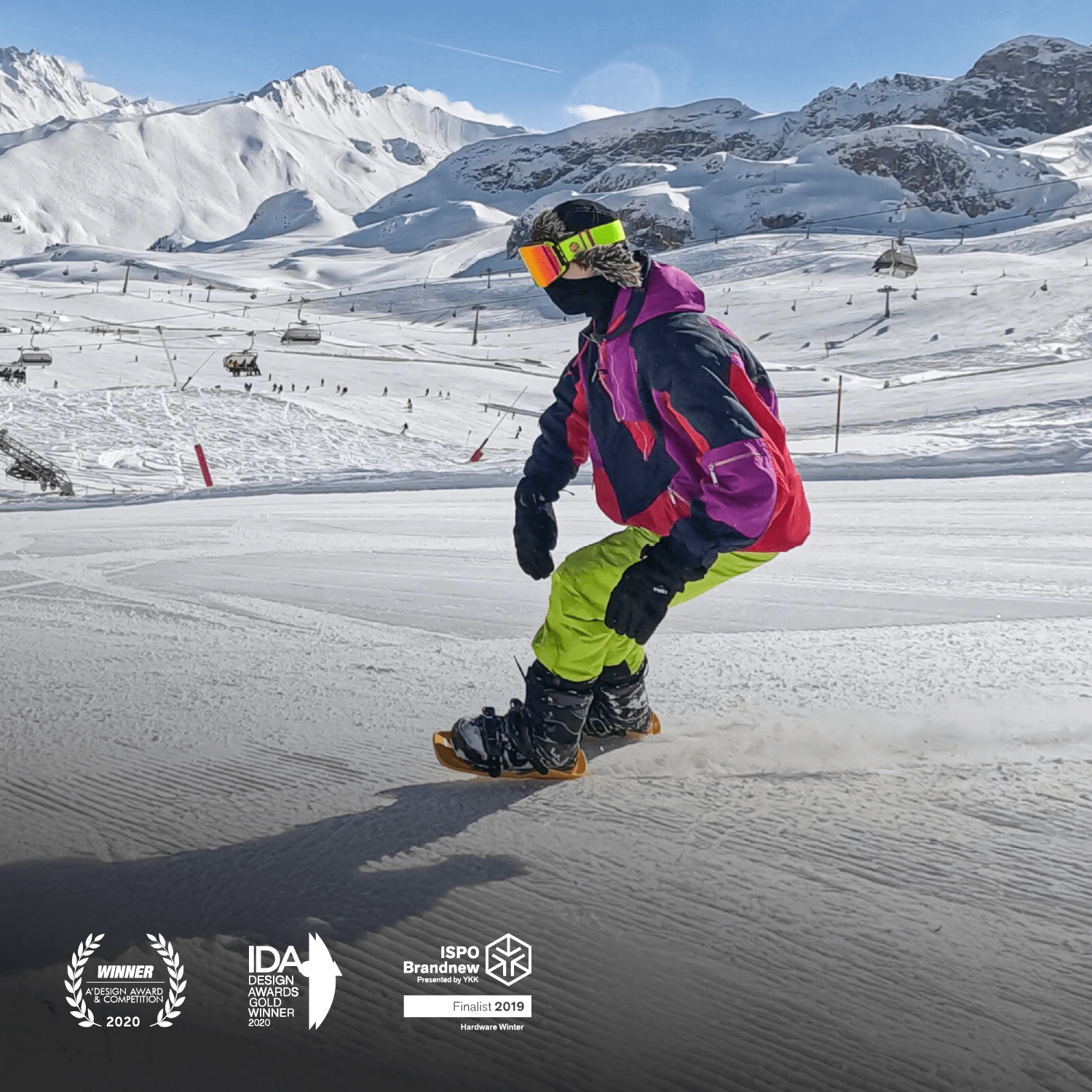




コメントを残す
このサイトはhCaptchaによって保護されており、hCaptchaプライバシーポリシーおよび利用規約が適用されます。